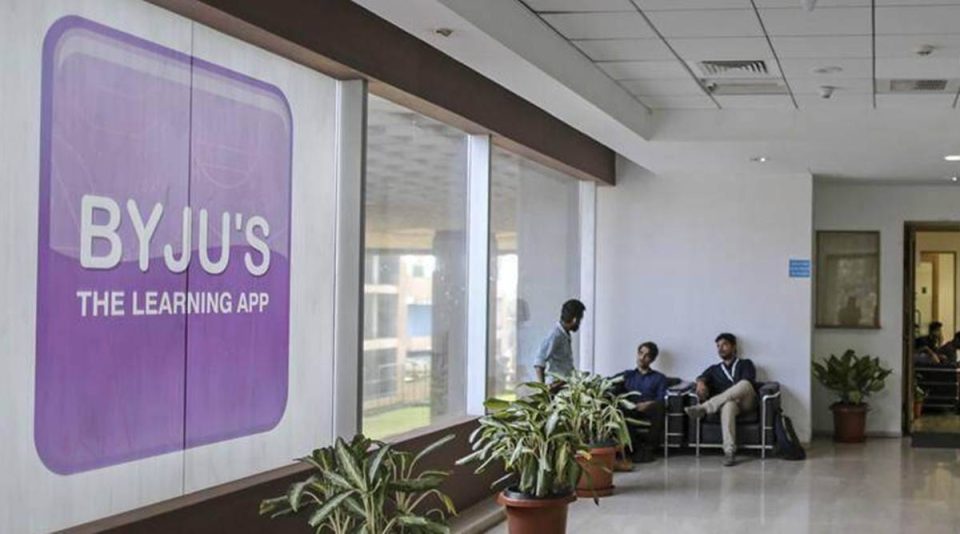According to media reports, India’s major learning platform Byju’s raised $250 million from its existing investors as the Bengaluru-based edtech giant aims for profitability by the third month of 2023. The valuation of the Bengaluru-based edtech firm remains at $22 billion as there has been no change after this funding.
Byju’s has raised a total funding of $5.5 billion from investors such as Vitruvian Partners, Sumeru Ventures, BlackRock, Sequoia, Silver Lake, Chan-Zuckerberg Initiative, Tiger Global, Tencent, General Atlantic, and Qatar Investment Authority. The firm has more than 150 million learners. Despite the adverse macroeconomic conditions, Byjus Raveendran, CEO of Byju’s, stated that 2022-23 is the best year in terms of revenue, growth, and profitability.
Byju’s raised the funding at a time when the firm reported a loss of Rs 4,588 crore for the financial year ended March 31, 2021, which is 19 times more than the previous year. The firm, valued at $22 billion, earned Rs 2,428 crore in revenues in FY21. Its adjusted revenue in FY20 was Rs 2,511 crore, whereas the adjusted loss was Rs 300 crore.
It has set forth a path to achieve group-level profitability by March 2023 with a three-pronged approach. The company is merging all its K10 India subsidiaries into a single unit to leverage its synergies. Great Learning and Aakash Education for upskilling and test-pre, respectively, would continue to operate as stand-alone independent units. The firm is now retargeting its marketing budget toward its global markets.
 Live
Live

